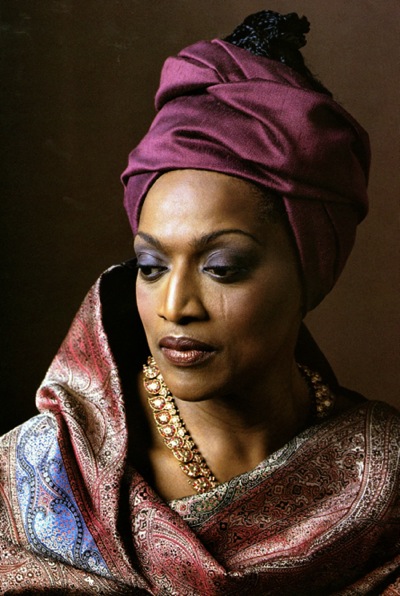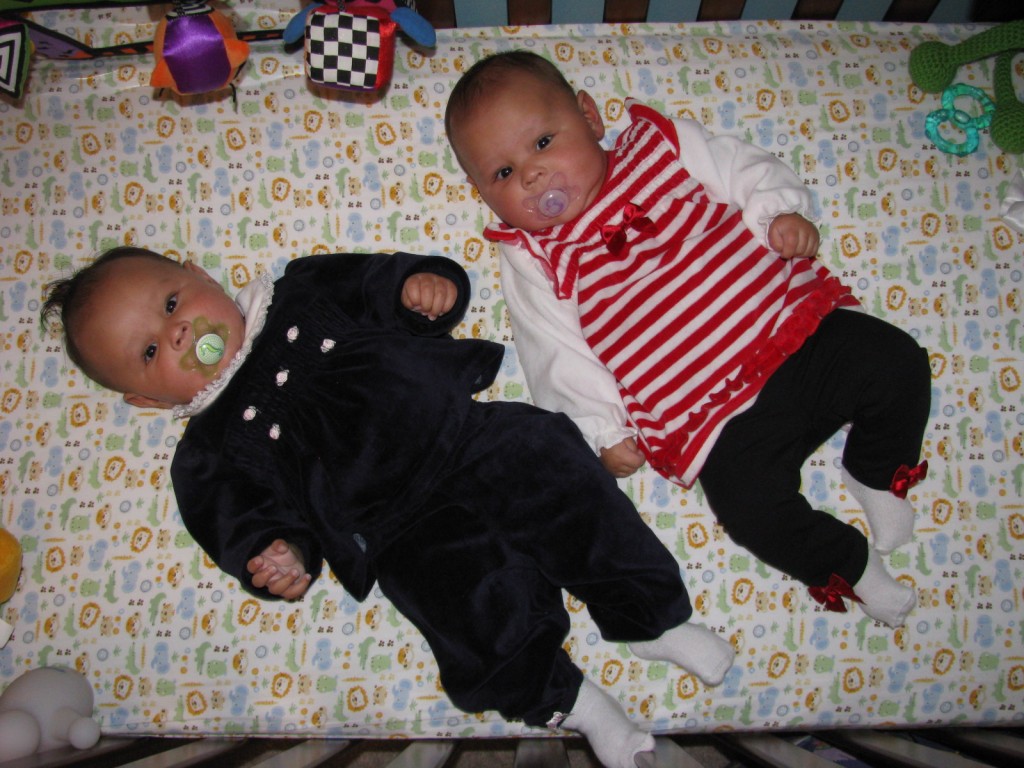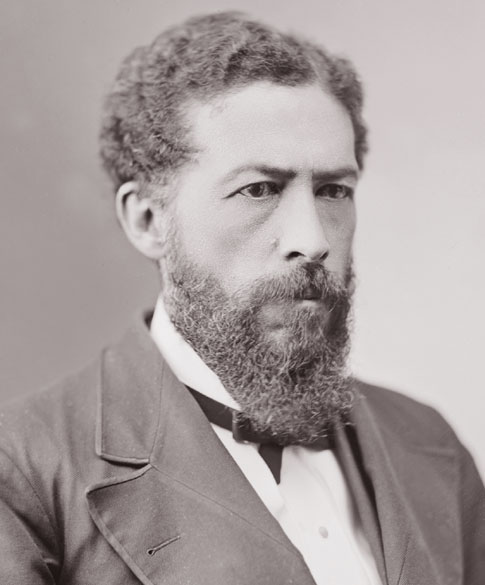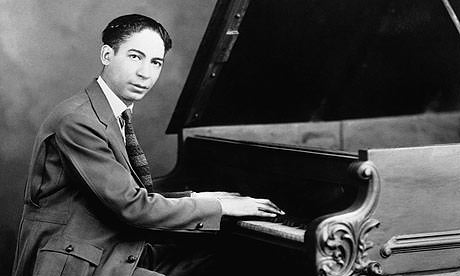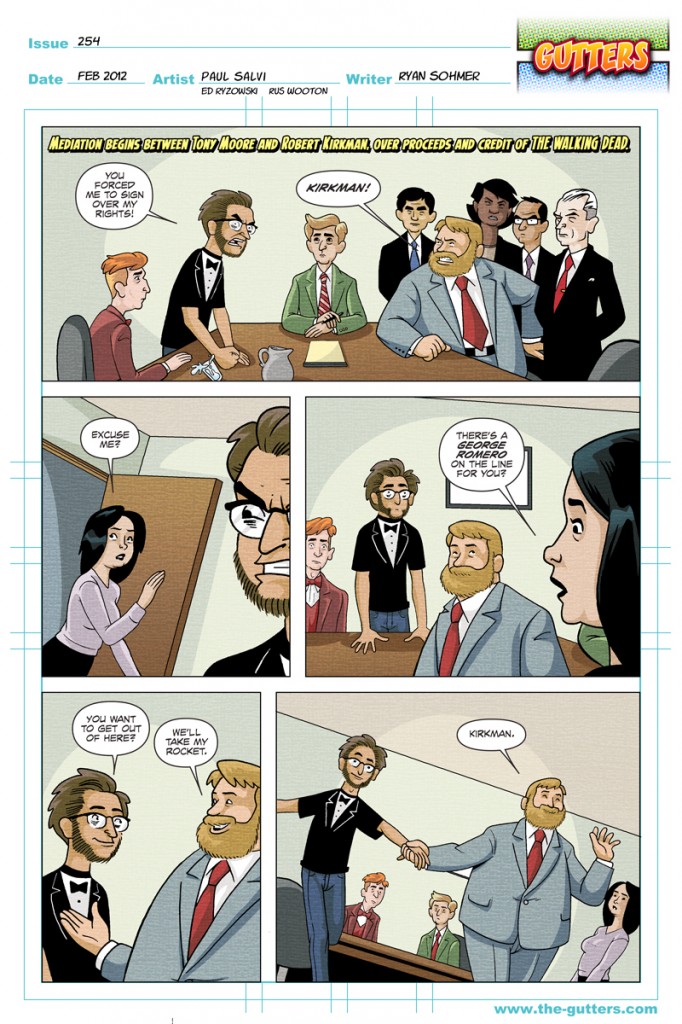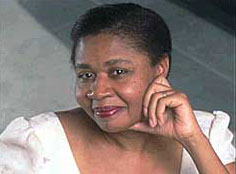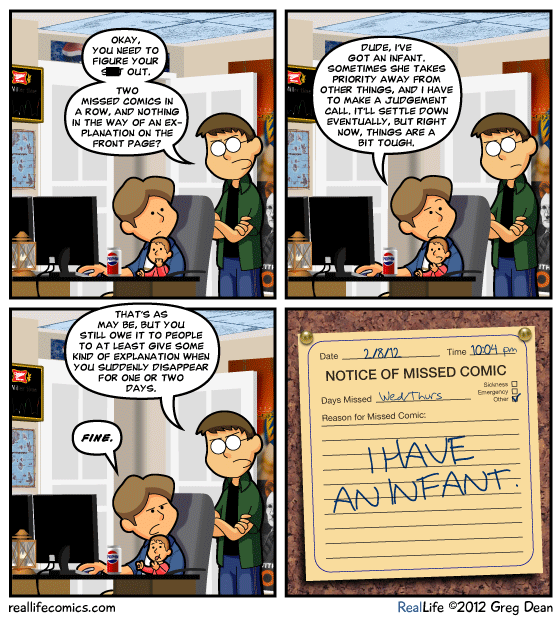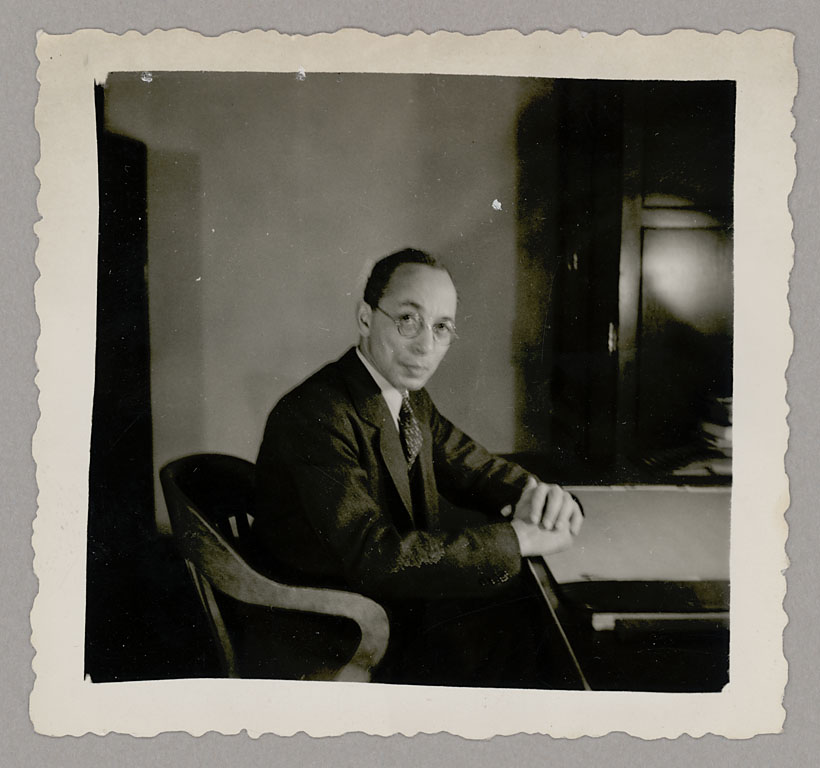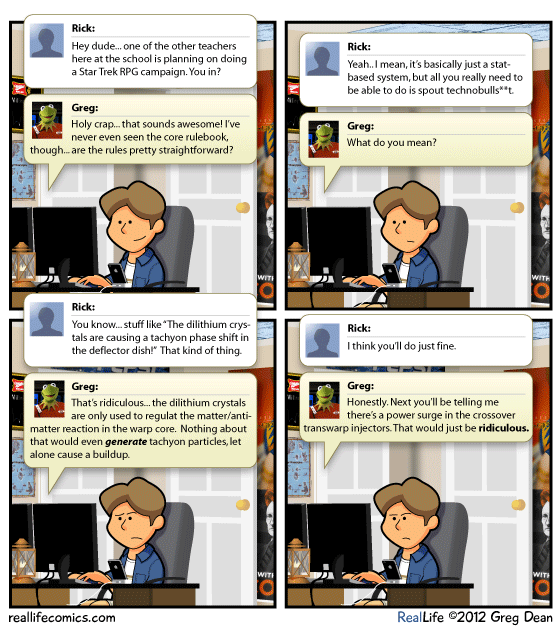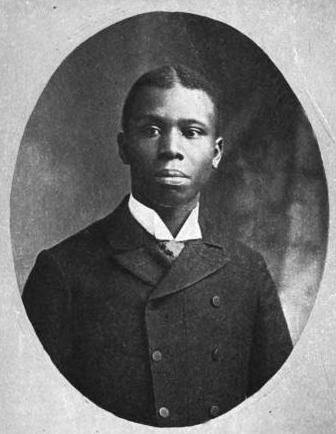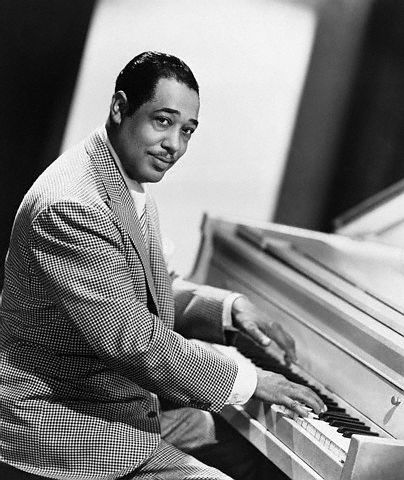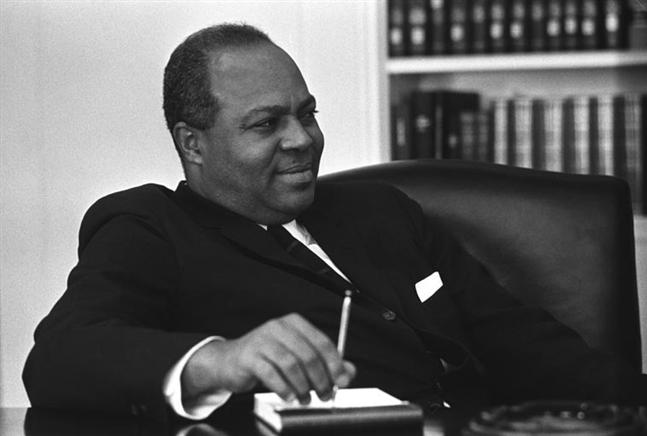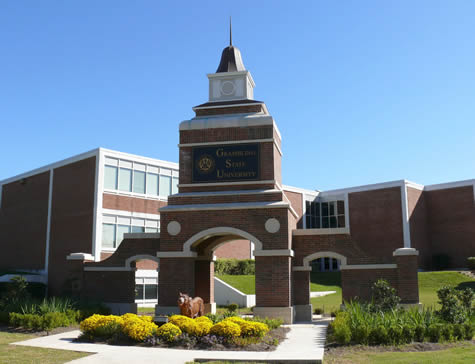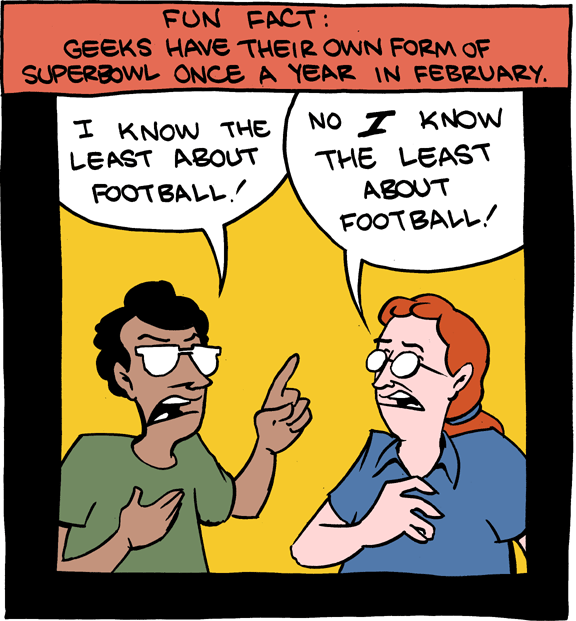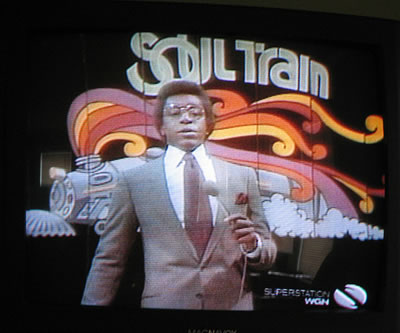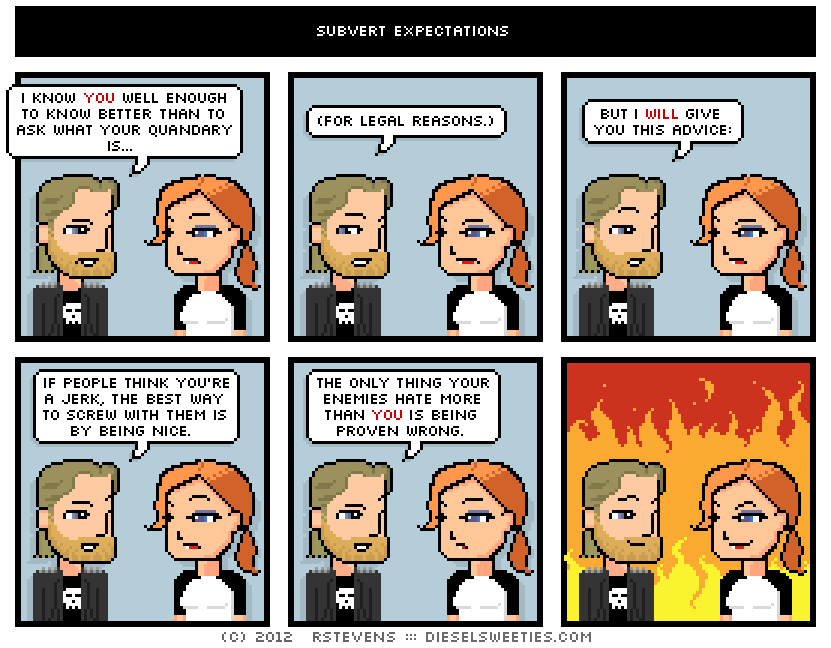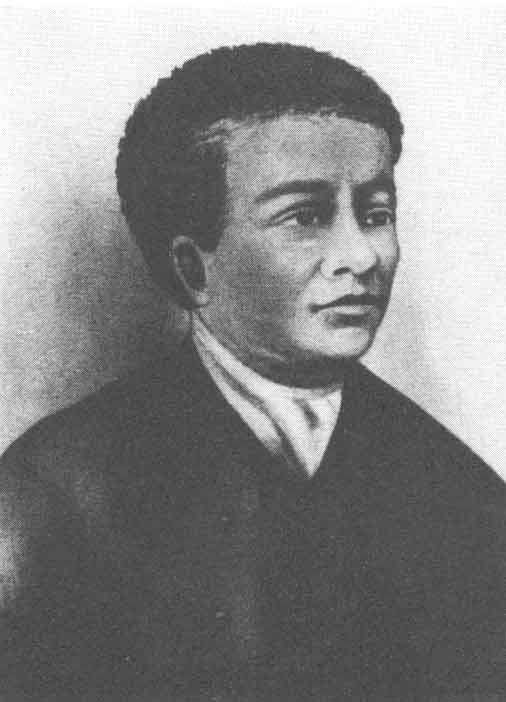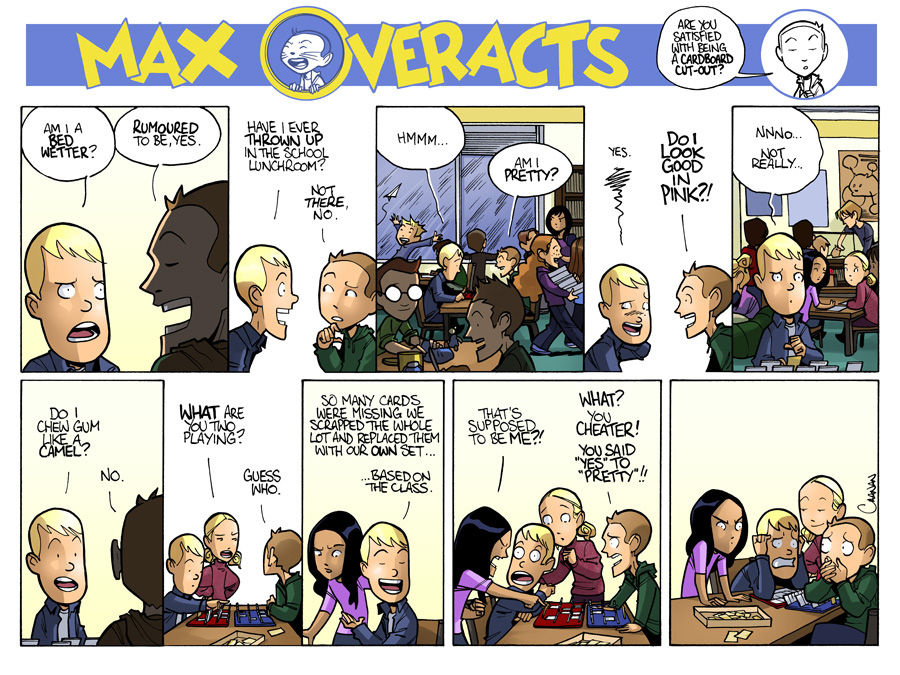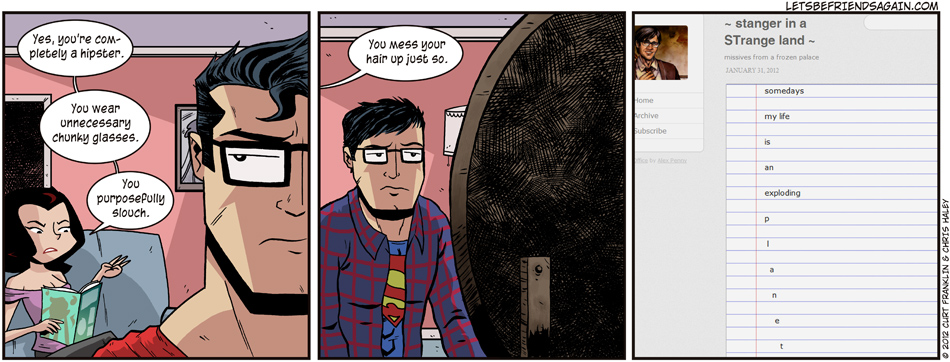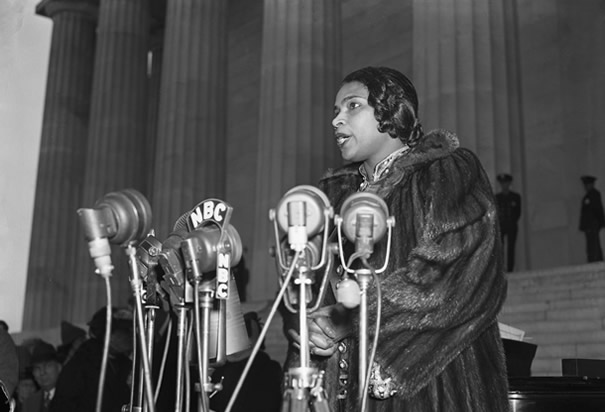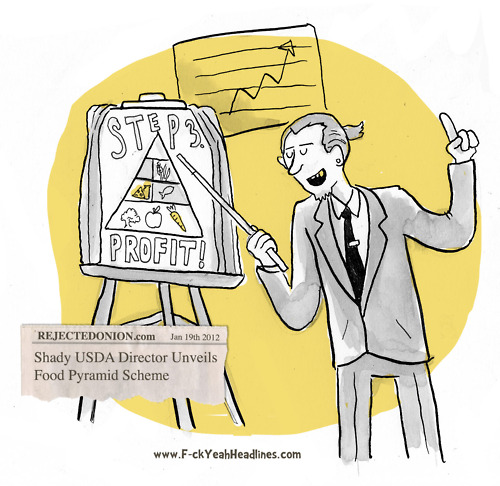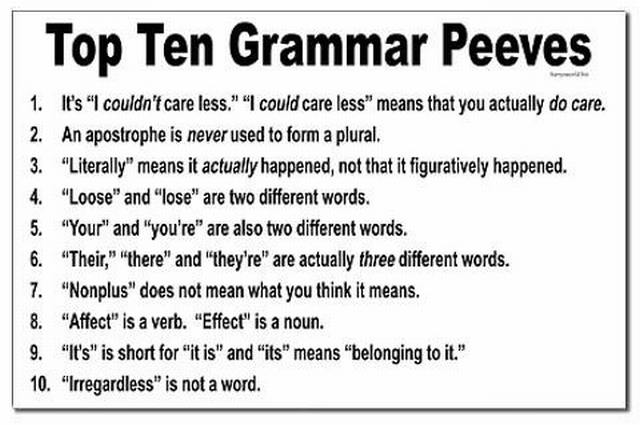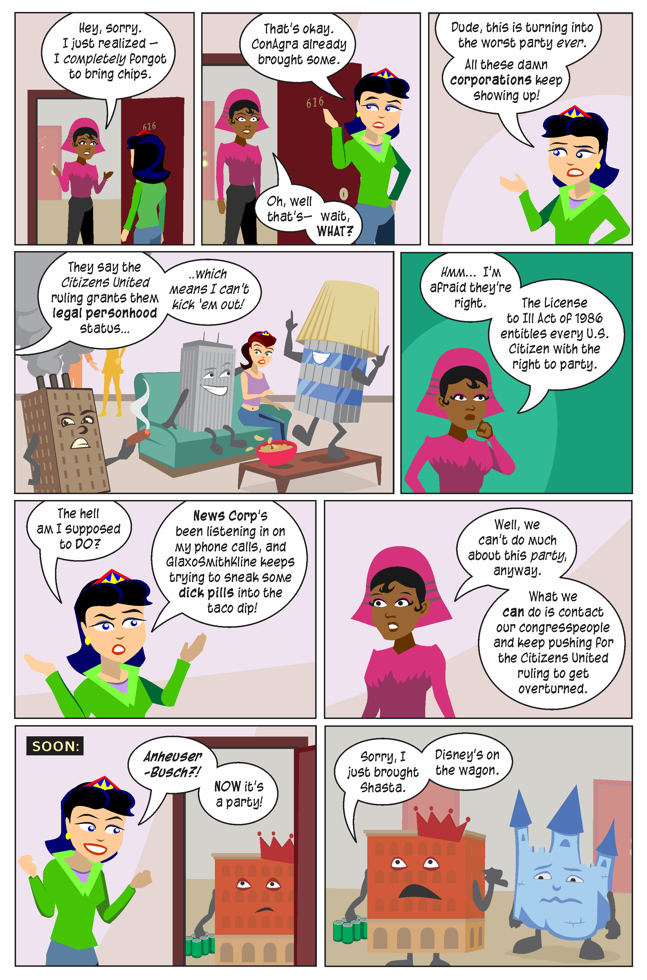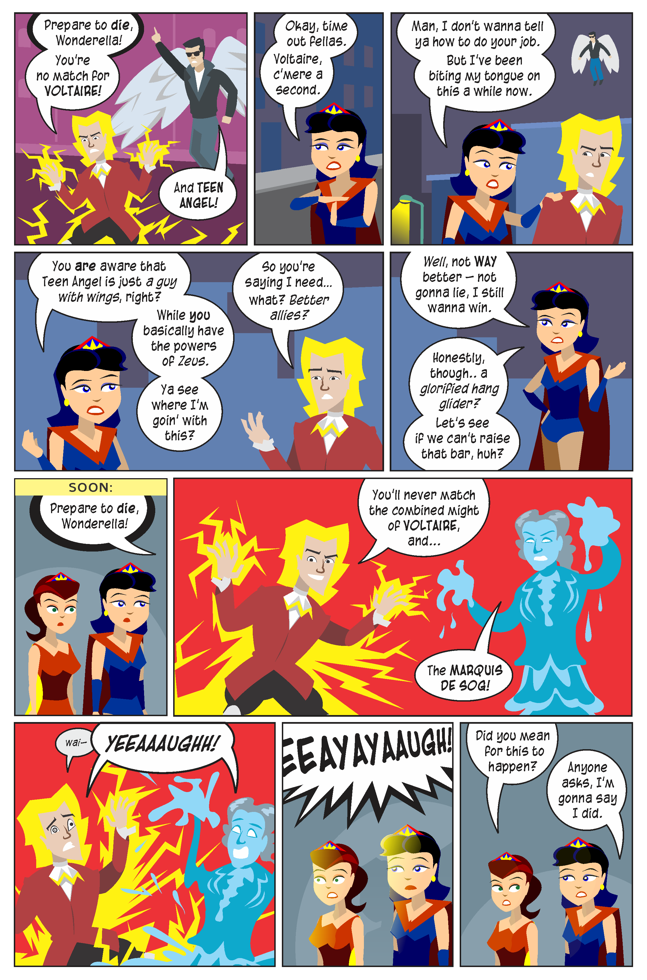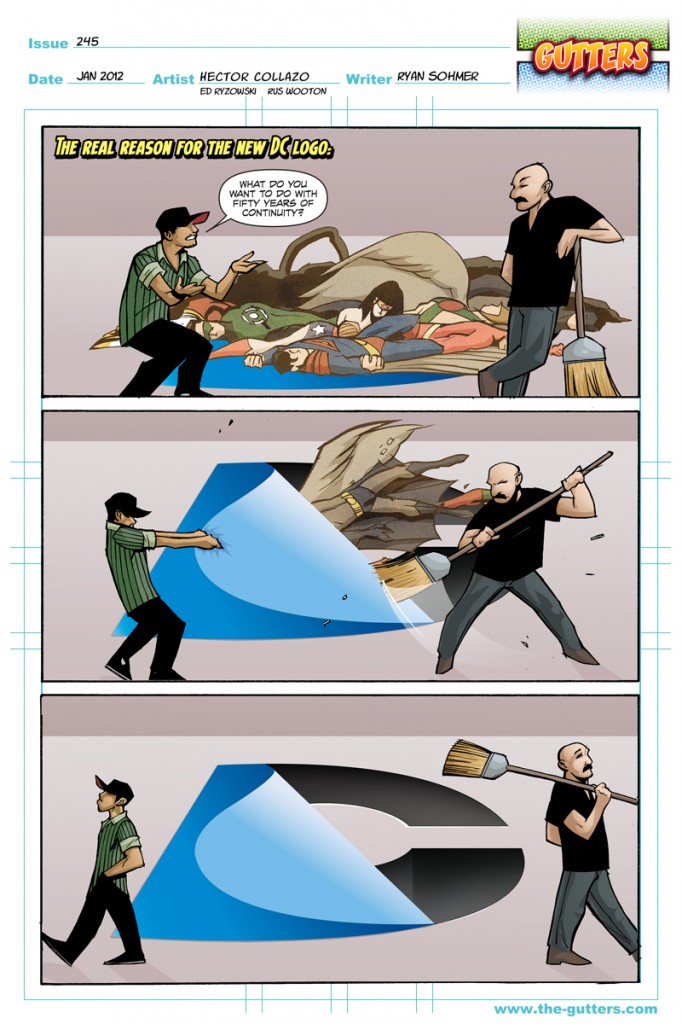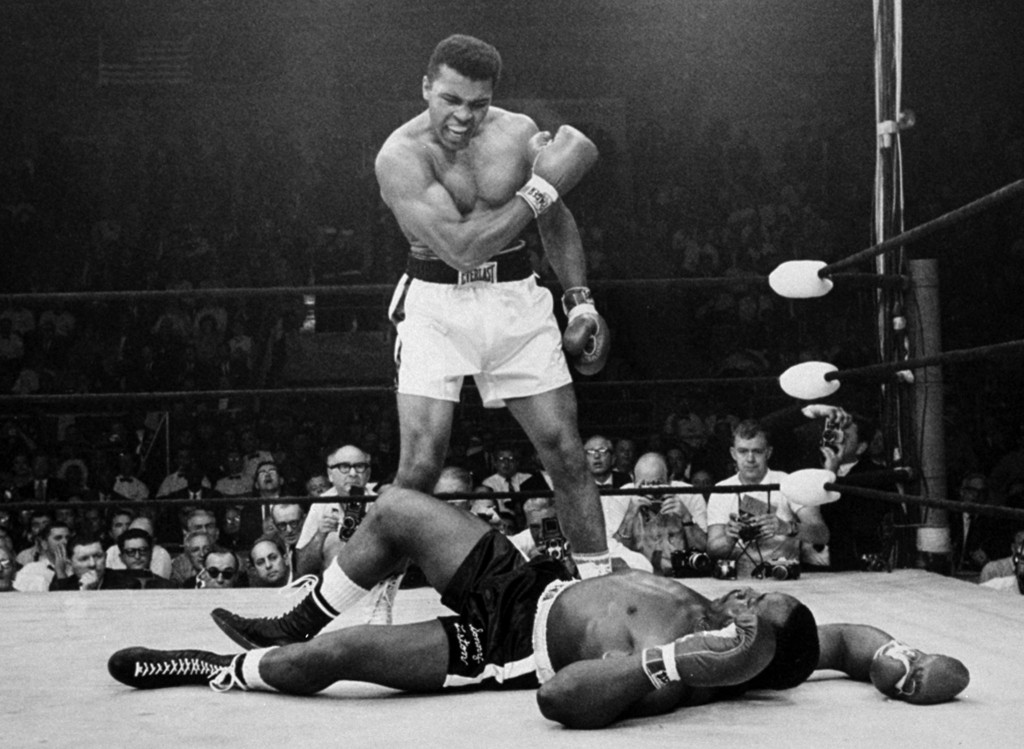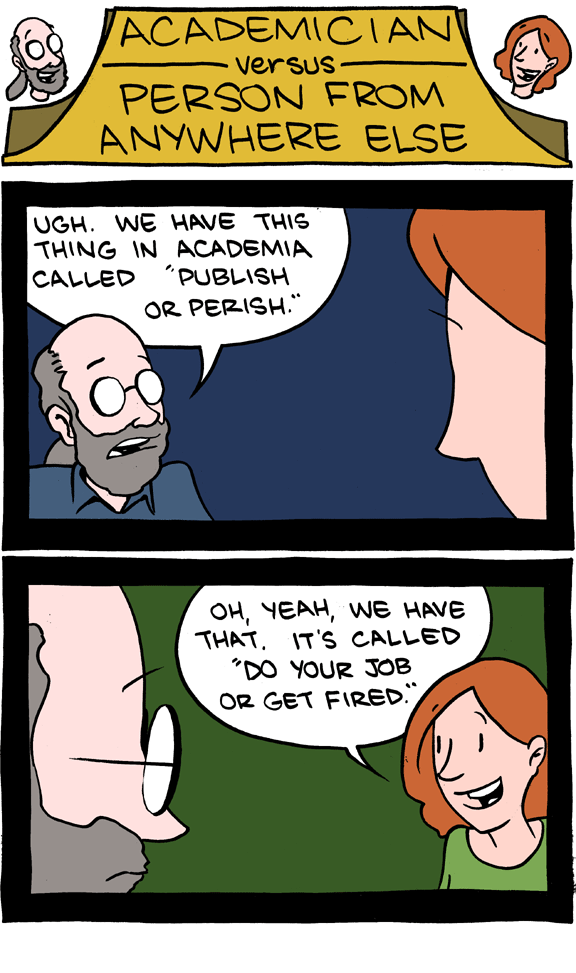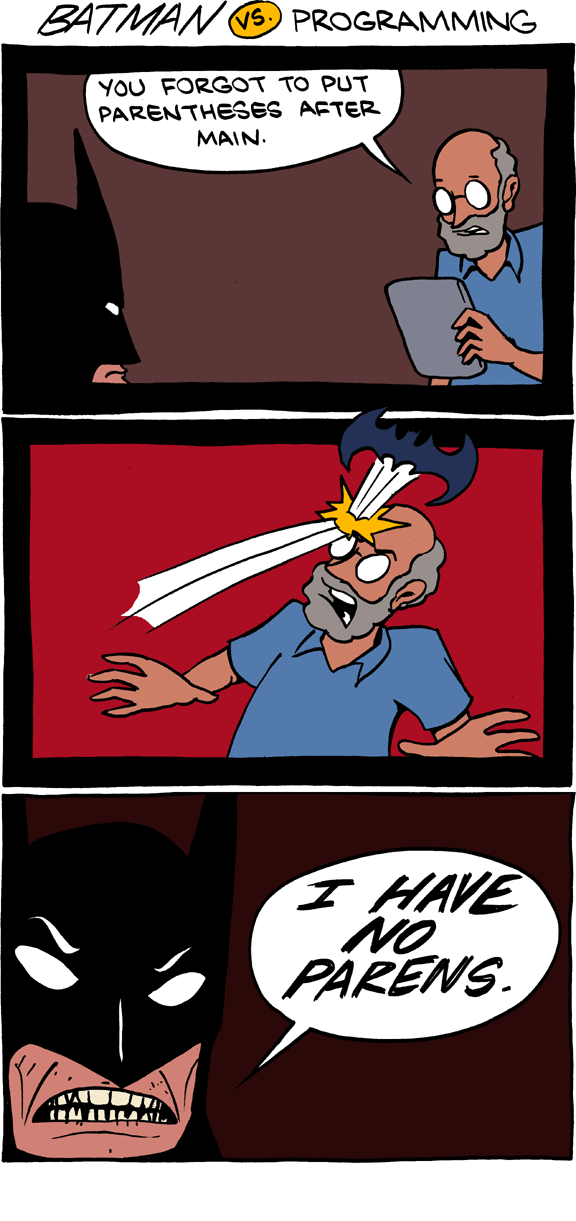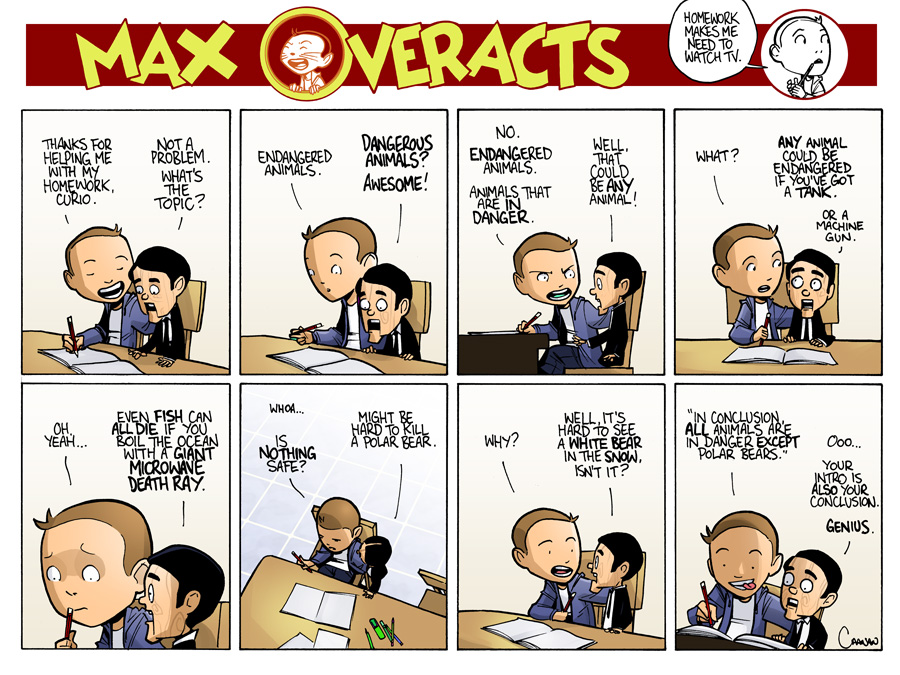“Mere reason alone can never explain how the heart behaves…”
business and economy, computers, dining and cuisine, event, everyday glory, exhibits, faith and religion, food for thought, geekery, history, movies and TV, music, style and fashion, travel, Whiskey Tango Foxtrot...?! No Comments »Tuesday – 14 February 2012
Happy Valentine’s Day to all!


And here’s a little Valentine’s Day cuteness for you:
Last night, my mother-in-law came over to help get the girls situated for bed while SaraRules! was at a Justice League meeting. Diana has recently started skipping her late-afternoon nap… so she was “a little” tired and cranky before bed. Nothing insurmountable, though.
After the girls were down, I started getting things ready for SaraRules!’ Valentine’s Day:
- I made chocolate and vanilla candy hearts.
- I made a CD for her morning commute. (That’s right. CD. Old school.)
- And, I hid her gifts and cards, so that I could wrap them after she went to bed.
I managed to get everything but the wrapping taken care of before she got back home. Barely. But, I did. Making the candy became something of a race against time, as the meeting – which I expected to last until at least 9 PM – was over at 8:00. I was more than slightly anxious when SaraRules! called to say that she was on her way home. Fortunately, the Lords of Confection smiled upon me and allowed me to finish (and hide) the candy before she made it home.
Whew.
Chew on This: Food for Thought – Black History Month
Today’s person of note is: Jessye Norman, an American opera singer.
Jessye Mae Norman was born on September 15, 1945 in Augusta, Georgia to Silas Norman, an insurance salesman, and Janie King-Norman, a school teacher. She was one of five children in a family of amateur musicians; her mother and grandmother were both pianists, her father a singer in a local choir. Norman’s mother insisted that she start piano lessons at an early age.
At the age of nine, Norman heard opera for the first time on the radio and was immediately an opera fan. She started listening to recordings of Marian Anderson and Leontyne Price whom Norman credits as being inspiring figures in her career. At the age of 16, Norman entered the Marian Anderson Vocal Competition in Philadelphia which, although she did not win, led to an offer of a full scholarship at Howard University, in Washington, D.C. In 1966, she won the National Society of Arts and Letters singing competition. After graduating in 1967 with a degree in music, she began graduate-level studies at the Peabody Conservatory in Baltimore and later at the University of Michigan in Ann Arbor, Michigan, from which she earned a Masters Degree in 1968.
After winning the Bavarian Radio Corp. International Music Competition in 1968, Norman made her operatic debut as Elisabeth in Richard Wagner’s Tannhuser in 1969 in Berlin. Norman also enjoyed success as a recitalist with her thorough scholarship and her ability to project drama through her voice. She toured throughout the 1970s, giving recitals of works by Franz Schubert, Gustav Mahler, Wagner, Johannes Brahms, Erik Satie, Olivier Messiaen, and several contemporary American composers. She made her American debut in 1982 as Jocasta in Oedipus Rex and her Metropolitan Opera debut the following year as Cassandra in Les Troyens. By the mid-1980s she was one of the most popular and highly regarded dramatic soprano singers in the world.
In 1990, Norman performed at Tchaikovsky’s 150th Birthday Gala in Leningrad and she made her Lyric Opera of Chicago début in the title role of Gluck’s Alceste. In 1994, Norman sang at the funeral of former first lady Jacqueline Kennedy Onassis. In September 1995, she was again the featured soloist with the New York Philharmonic Orchestra, this time under Kurt Masur’s direction, in a gala concert telecast live to the nation by PBS making the opening of the orchestra’s 153rd season.
On March 11, 2002, Norman performed “America the Beautiful” at a memorial service unveiling two monumental columns of light at the site of the former World Trade Center, as a memorial for the victims of the September 11, 2001, terrorist attacks on New York City.
After more than thirty years on stage, Norman no longer performs ensemble opera, concentrating instead on recitals and concerts. In addition to her busy performance schedule, Jessye Norman serves on the Boards of Directors for Carnegie Hall, the New York Public Library, the New York Botanical Garden, City-Meals-on-Wheels in New York City, Dance Theatre of Harlem, National Music Foundation, and Elton John AIDS Foundation.
Stray Toasters
- I think that this is my second-favorite drawing that SaraRules! has ever made for me:
 This one, however, is my absolute favorite.
This one, however, is my absolute favorite. - Scenes From a Marriage That Segregationists Tried to Break Up
- Despite how its title sounds, this is actually a lovely story: A Brother And Sister Get Married (And Later, Their Son Tweets It)
- Las Vegas Embraces Bad Guys of Its Past

- What Happens When a 911 Emergency Call Goes Silent?
- How to avoid being tagged as a terrorist: Don’t pay cash for coffee
- Apple Asks Outside Group to Inspect Factories
Namaste.


